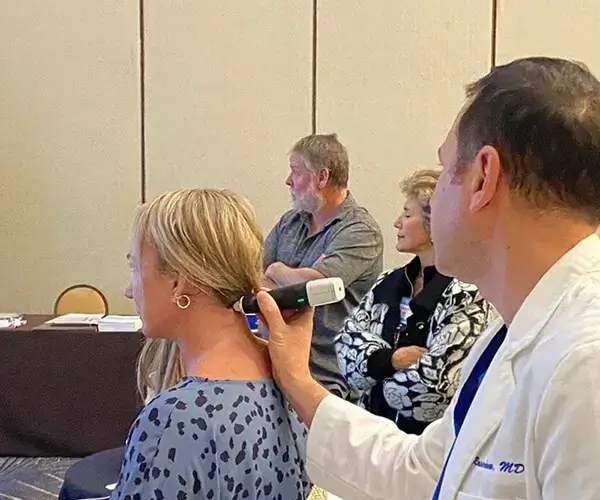Your Guide to Perineural Injection Therapy
By Dr. Stephen Cosentino
PRESIDENT OF EMPIRE MEDICAL TRAINING
Chronic neurogenic pain (pain related to inflamed nerve cells) affects millions of Americans, often with debilitating consequences. While many instances respond well to surgery or medication, not all patients are good candidates for invasive surgery, and long-term opioid use has a host of downsides for otherwise healthy individuals.
That’s why chronic pain advocates have been so excited about the emergence of perineural injection therapy, or PIT, as a minimally invasive, lower-risk, low-cost alternative to surgery and pharmaceutical interventions. This injectable treatment can be delivered in a clinical office without general anesthesia or risky medications.
Let’s take a closer look at PIT’s potential for lasting pain relief — and its potential limitations too.
What Is Perineural Injection Therapy (PIT)?
Perineural injection therapy is a nonsurgical treatment for chronic pain management. The provider uses a short needle to deliver a 5% dextrose solution to peripheral nerves. Multiple controlled studies have shown promising results for PIT in chronic pain patients whose symptoms haven’t responded well to other treatment options.
PIT, which is also known as neural prolotherapy, involves multiple non-spinal injections of a 5% dextrose solution into the peripheral nerves. The exact number of injections per treatment course depends on multiple patient-specific factors, but most patients respond well to three or four injections.
PIT is an outpatient procedure that uses a short needle to deliver local anesthetic and the dextrose solution. It can be completed in a matter of minutes, with no incisions required. The recovery time is relatively short, with most patients able to resume normal activity the next day (though the underlying conditions responsible for nerve pain may prevent this).
What Conditions Can Perineural Injection Therapy Treat?
PIT may be indicated for the treatment of pain signals attributable to conditions including but not limited to:
- Carpal tunnel syndrome and certain other occupational injuries
- Plantar fasciitis
- Various types of sports injuries, such as Achilles tendinopathy
- Various types of overuse injuries, such as tennis elbow
- Certain surgical injuries
- Certain traumatic injuries
- Fascial adhesions
- Osteopathic arthritis
- Chronic migraine
- Certain other painful conditions of the muscles, tendons, and ligaments
Despite the wide variety of potential applications, not all patients are good candidates for PIT. Final treatment decisions should always be made in close consultation with a licensed, board-certified medical provider.
How Does Perineural Injection Therapy Work?
Each PIT injection delivers a few milliliters of 5% buffered dextrose solution subcutaneously. Depending on the presumed cause of the pain and the patient’s progression to date, these treatments may be repeated at intervals of a few weeks over a period of months.
PIT’s precise action mechanism is not yet well understood. Generally, inflamed or injured nerve cells send out pain-signaling substances — nerve growth factor (NGF), substance P, and calcitonin gene related peptide (CGRP) — which trigger impulses that the brain interprets as pain. It’s thought that dextrose has a revitalizing effect on damaged nerve cells, partially or fully restoring function in cells where it successfully suffuses the cell membrane. This theory is backed up by suggestive evidence of poorer outcomes in patients using chronic opioid medications, which are known to interfere with cells’ dextrose uptake.


